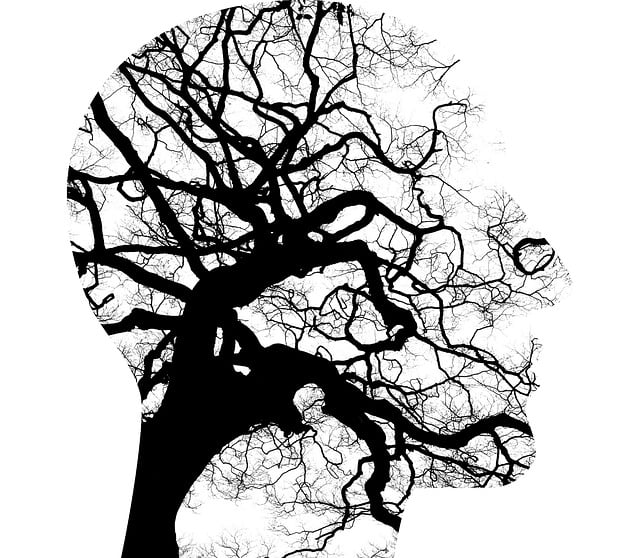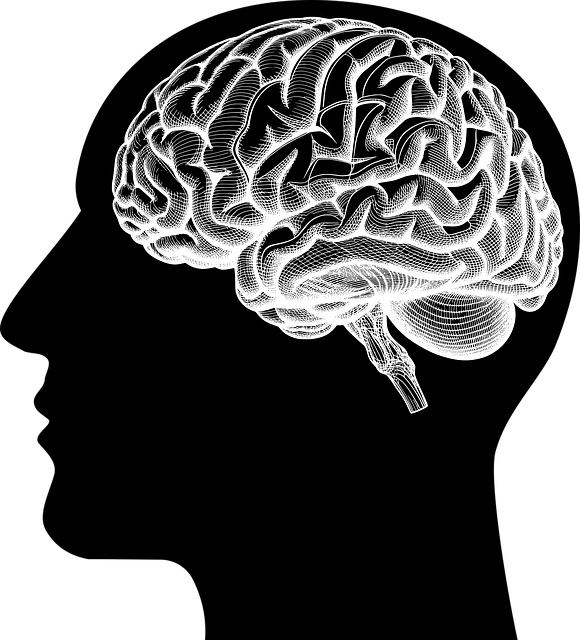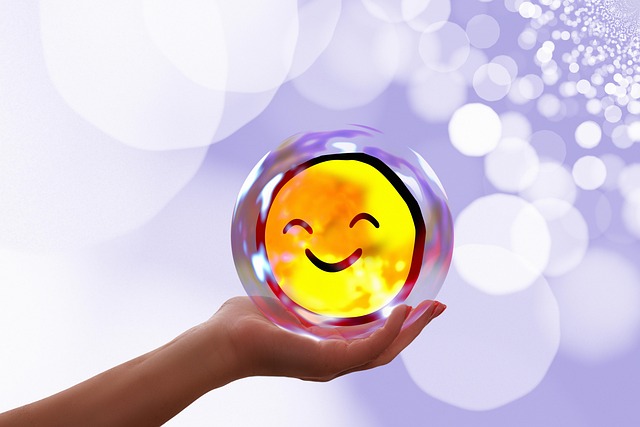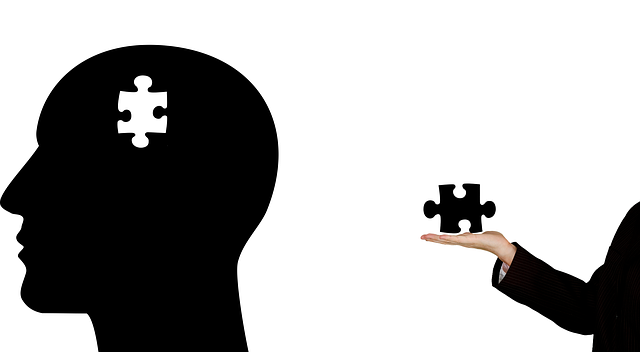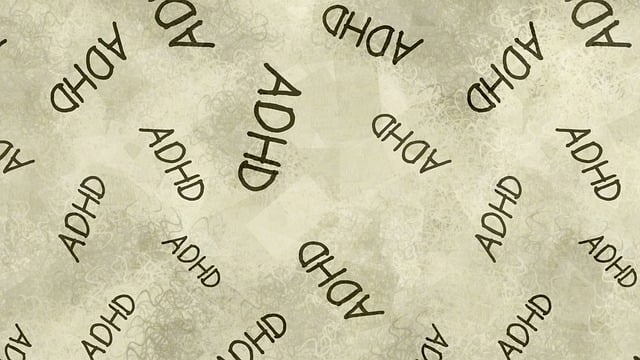Mindfulness meditation is an effective therapy for young children's emotional well-being, teaching them essential skills in emotional recognition and acceptance. Adapted for modern education, mindfulness practices enhance mental health and development, laying the foundation for lifelong emotional regulation abilities. With age-appropriate techniques and a quiet, comfortable environment, mindfulness becomes engaging and accessible, fostering calmness, self-awareness, and resilience in young minds. Incorporating mindfulness into daily routines offers anxiety relief, trauma support, and better emotional regulation, empowering children with valuable tools for their mental health and cultural competency.
Mindfulness meditation is a powerful tool for fostering emotional well-being in young minds. This practice, often seen as therapy for young children, teaches them to focus on the present moment, reducing stress and anxiety. Our guide delves into the benefits of mindfulness practice during childhood, offering practical tips on preparing a calming environment, engaging effective techniques, and seamlessly integrating mindfulness into daily routines.
- Understanding Mindfulness Meditation for Children
- Benefits of Mindfulness Practice in Childhood
- Preparing the Environment for Young Minds
- Techniques and Activities for Effective Meditation
- Incorporating Mindfulness into Daily Routines
Understanding Mindfulness Meditation for Children

Mindfulness meditation is a powerful tool for fostering emotional well-being in young children, offering a simple yet profound therapy for their growing minds. Unlike traditional meditative practices, mindfulness is accessible and engaging for kids as it focuses on being present in the moment, observing thoughts and sensations without judgment. This ancient technique has been adapted to suit modern needs, especially within educational institutions and organizations dedicated to emotional well-being promotion techniques.
Through guided meditations, children learn to recognize and accept their feelings, a vital skill for empathy building strategies. By encouraging young minds to become aware of their internal experiences, mindfulness meditation can help reduce stress levels and improve overall mental health. The practice is often integrated into stress management workshops designed specifically for children, teaching them valuable emotional regulation skills that will benefit them throughout their lives.
Benefits of Mindfulness Practice in Childhood

Mindfulness practice from a young age can have profound effects on a child’s well-being and development. It empowers kids with essential life skills, such as emotional intelligence, that will serve them throughout their lives. By incorporating mindfulness techniques like meditation and compassion cultivation practices into their routines, young minds can learn to regulate emotions, increase focus, and develop inner strength.
This early exposure to mindfulness therapy for young children fosters a sense of calm and self-awareness, helping them navigate the challenges of growing up with greater resilience. It encourages kids to become attentive listeners, empathetic towards others, and cultivates a positive mindset. Thus, investing in mindfulness practices for children is an investment in their overall mental health and personal growth.
Preparing the Environment for Young Minds

Creating a calm and supportive environment is essential for introducing mindfulness meditation to young minds. When adapting therapy for children, consider their age and developmental stage. A quiet, comfortable space with minimal distractions can significantly enhance their practice. Soft lighting, cozy seating, or even a small cushion on the floor can make the setting inviting and help them feel at ease. This environment should encourage relaxation and focus, enabling children to explore their thoughts and emotions more effectively.
Additionally, incorporating elements that resonate with their age group can make mindfulness meditation more engaging. Using simple, age-appropriate language and perhaps even integrating storytelling or playful activities related to breathing exercises can capture their interest. By fostering a sense of curiosity and fun, you’re not just teaching them valuable emotional regulation and conflict resolution techniques, but also making stress management a delightful journey.
Techniques and Activities for Effective Meditation

Meditation is a powerful tool for cultivating mindfulness, especially beneficial for young children as a therapy and a way to navigate their emotions. Effective meditation practices involve various techniques tailored to individual needs and preferences. One simple yet effective method is mindful breathing exercises, encouraging kids to focus on inhales and exhales, which can help calm the mind and body. Visualisation techniques, such as imagining peaceful scenes or happy memories, are also popular among children, fostering a sense of tranquility and positive emotions.
Incorporating mindfulness into daily routines can make meditation more accessible and enjoyable for young practitioners. Activities like mindful eating, where children pay attention to food textures, flavors, and smells, can enhance their present-moment awareness. Additionally, engaging in body scans, allowing kids to notice and release tension in different parts of their bodies, is a valuable practice for developing self-awareness and emotional regulation skills. These techniques, when introduced through age-appropriate methods, can empower children with essential tools for managing stress, improving focus, and cultivating compassion—even incorporating elements from cultural competency training and trauma support services.
Incorporating Mindfulness into Daily Routines

Incorporating mindfulness into daily routines can be a game-changer for young children and their overall well-being. This ancient practice has gained immense popularity in modern times due to its therapeutic benefits, especially in addressing anxiety relief and trauma support services. By integrating simple mindfulness exercises, parents and caregivers can create a calm and present environment that fosters healthy development. Start with short, mindful moments during morning routines like brushing teeth or eating breakfast. Encourage children to focus on the sensory experiences—the taste of food, the feel of a toothbrush—to anchor them in the here and now.
Mindfulness isn’t just about quieting the mind; it’s also about enhancing communication strategies. Through mindfulness practices, children learn to observe their emotions without judgment, leading to better emotional regulation skills. These techniques can be particularly beneficial during challenging times or when managing big feelings. Simple breathing exercises or body scans can help young minds navigate stress and anxiety, promoting a sense of safety and grounding. By making mindfulness a regular part of daily life, parents can empower children with valuable tools for lifelong mental health.
Mindfulness meditation, when introduced to young children in a supportive environment, can have profound effects on their emotional well-being and cognitive development. By incorporating simple techniques and activities into daily routines, parents and educators can foster a sense of calm and awareness that benefits children both inside and outside the classroom. The practices outlined in this article provide a solid foundation for integrating mindfulness into childhood, offering a therapeutic approach to enhance focus, reduce stress, and promote overall mental health.





